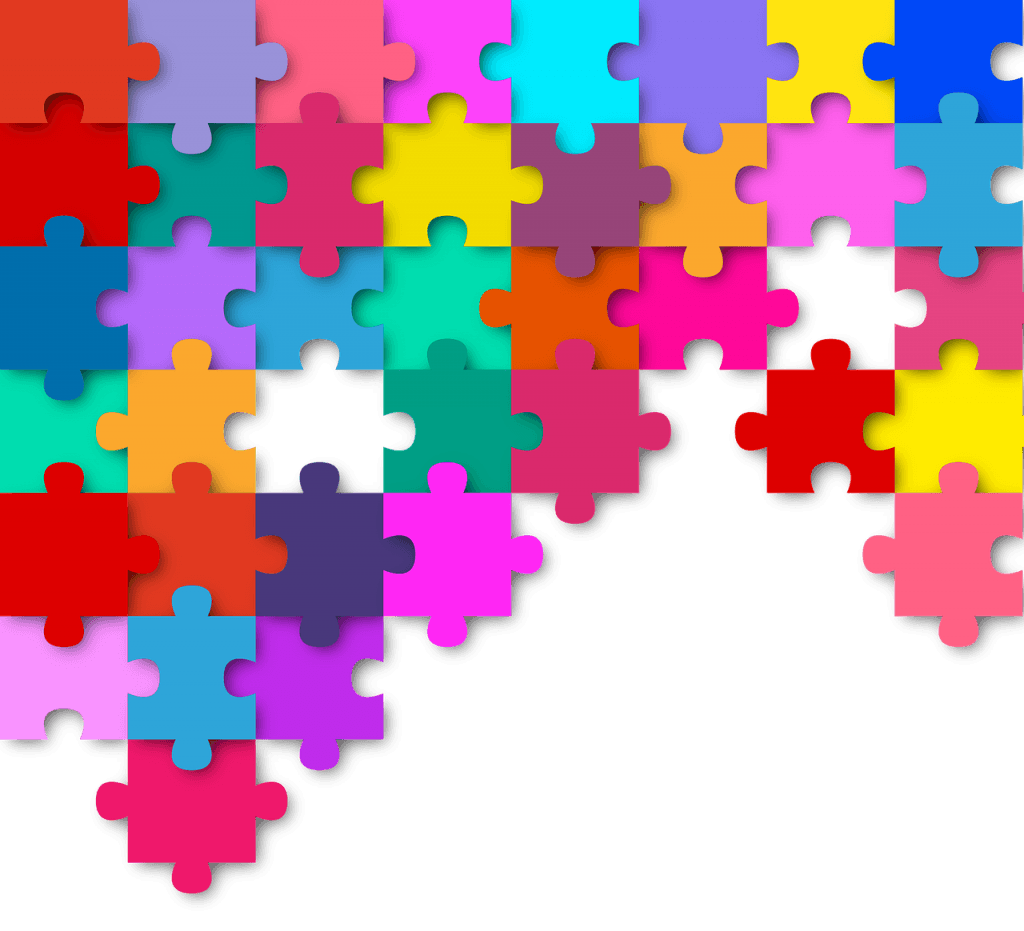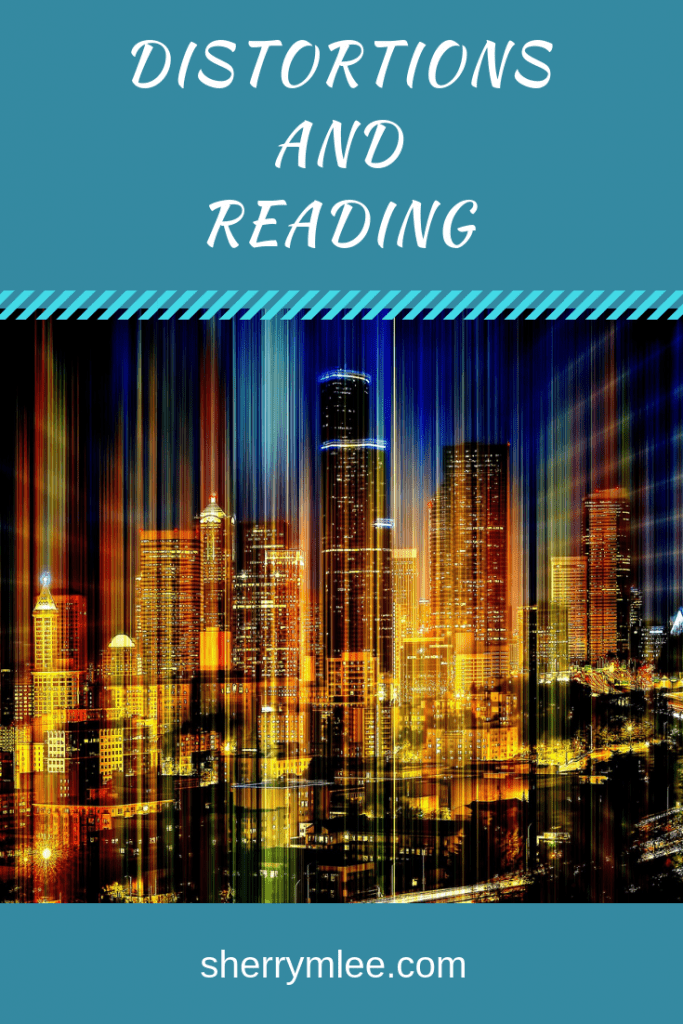Does your child experience distortions or become disoriented while reading? This often isn’t just a question that you can ask and get a clear response. This is because, even when distortions or disorientation are experienced, your child won’t necessarily realize that this doesn’t happen for everyone. It may also be so normal for your child that it isn’t noted by him/her at all.

It is normal for everyone to become disoriented and experience distortions at times. With this stated, it is important to find out if this is a factor in a child’s reading struggles.
Distortions are experienced by some individuals who struggle with reading. They happen when one or more of our senses is affected in some way. For the purpose of this article, I am going to focus only on visual and auditory distortions.
I encourage you to ask your child these questions: When reading and you get to a point where you feel like you just can’t read anymore, is there anything happening on the page? If so, what? How do you feel when reading? Do your eyes become tired or bother you in any way? How do your ears feel? How does your head feel? etc. If your child is visual and likes to draw, you could even have him/her draw what a word looks like when he/she is trying to read.

There are a few things that could be happening that may cause someone to experience visual or auditory distortions and impact an individual’s reading. They are as follows:
Vision
Have you had your child’s eyes tested in the last year? If not, it would be a great idea to do this to rule vision out. Not being able to see things clearly can definitely cause distortions! If you have perfect vision, try squinting your eyes while reading to gain an understanding of how an impairment in vision could cause distortions.
Visual Tracking
If our child’s eyes are only working together for a short period of time, it would cause one eye to jump and struggle to keep track while reading. This means that the eyes will no longer be working in unison while reading.
There is a brief assessment that we can use to check this. Hold a pencil out a foot or two in front of your child. Have your child focus on a particular letter or spot on the pencil. Slowly move the pencil forward toward your child’s nose, ensuring your child stays focused on that particular letter. You should see your child’s eyes go cross-eyed. Hold it there for a few seconds and slowly move it back. Now move it from side to side and back to the middle. Were your child’s eyes able to work together throughout this process or did one eye wander and look away? If one eye wandered, it will be important to do some exercises to strengthen the eye muscles so they can work together more consistently and for increasingly longer periods of time.
Irlen Syndrome
Irlen Syndrome (aka Scotopic Sensitivity Syndrome) is a perceptual processing disorder. It has to do with how the brain is processing visual information. This is an area that I myself struggle with at times, especially when in a room with fluorescent lights. When I am reading in bright lighting, the words will start to become blurry after a certain timeframe. For me, I perform and concentrate best in a naturally lit room. My brain is able to process information much easier in this environment. However, I know of other people who lighting makes no difference for in how they are able to process information. I know I have Irlen, however and they likely don’t. 😉
Irlen is not a learning disability. It can easily be corrected by color and/or adjustments with lighting. For information about distortions that may be experienced for someone with Irlen, please watch the video below.
Not everyone with Irlen will experience the same distortions and many with it will only experience one of the distortions shown.
If you are interested in seeing how an overactive brain in someone with Irlen Syndrome can look compared to when the same brain is calmed, you can check out this link. Irlen is not a visual impairment. People can have 20/20 vision and have Irlen Syndrome.
Dyslexia
There are different types of dyslexia. Some, if not all, of the types can result in individuals experiencing distortions.
Auditory distortions may affect someone’s ability to hear the sounds of words. An individual may find it difficult to hear the difference between the /ch/ and /sh/ sounds, for example. If these sounds are not processed in a way that allows the individual to distinguish between the sounds, reading and spelling could be quite difficult. This may result in dysphonetic dyslexia. Another auditory distortion may be that an individual hears some sounds louder than others. If your child experiences any of these symptoms, it will be important to rule out any inner ear or hearing problems.
Visual distortions may result in letters or words moving or disappearing while being read. Some may experience letters that are somehow altered. In attempting to make sense of the information, some readers may view the words or letters backwards, forwards, upside down, etc. without physically turning the book in any way at all.
We’ve likely all concentrated so hard on something difficult for us at some point in our lives that we became a bit disoriented in the process. This can also happen… concentration to the point that the individual almost becomes in a hypnotic state and becomes disoriented. We tell our kids to concentrate or focus, and the child does their best to focus on that one particular thing, becoming less and less aware of other objects in their surroundings. Individuals with dyslexia definitely tend to use a lot of concentration when reading.
Some individuals with dyslexia are visual-spatial learners. This individual needs to see the whole picture before he/she can understand the parts. He/she will have tremendous difficulty breaking words down as they do not see the parts of words. Therefore, this individual seriously struggles to break words down no matter how motivated. If interested in hearing from an individual like this to gain a better understanding, please watch the video below featuring professor Catherine L. Drennan as she explains how she learned to read with the type of dyslexia she has.
In Summary
There are so many factors that can play a role for individuals learning to read. Everyone’s brain functions differently and everyone has strengths that need to be embraced. It is important to note here that learning whether or not any of these distortions are experienced by you or your child is one of the first steps to overcoming them.

How About You?
Do you or someone you know experience distortions or become disoriented while reading? I welcome you to leave a comment below. 🙂

3 Comments
My nine year old son has eyes that do not track together. Thankfully, we have discovered this, and he is now in vision therapy. I do wish that we would have found out sooner.
I am glad you discovered what is going on for your son. I would love to hear about the kinds of exercises that are being done with him! With my daughter, most of the exercises involved tracking letters on a pencil (she would focus on a letter as we moved the pencil closer to her and farther as well as from side to side). I wish you both all the best!